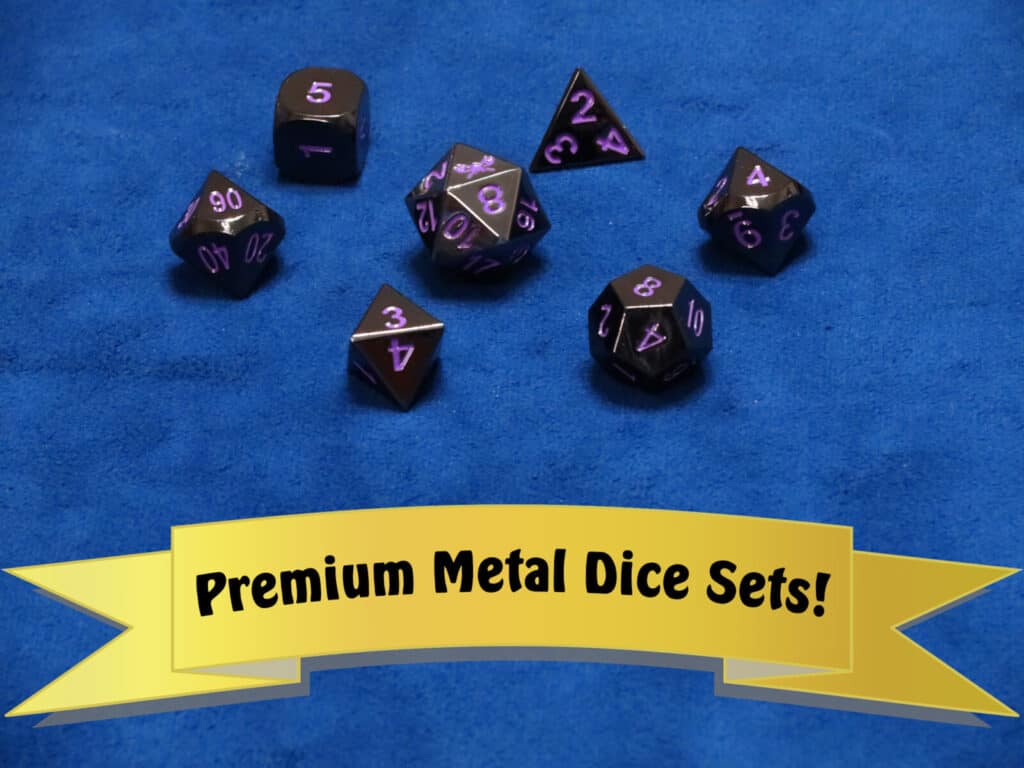Tough is one of those 5E feats that doesn’t get a lot of love, and I get it, but it’s a feat that actually can be quite useful. It’s not flashy or sexy, but it is a feat that is undeniably useful. While plenty of debate still exists around the tough feat, there are times where it can definitely be useful especially in stacking for a tank melee fighter.
But is the Tough Feat worth it?
The 5E tough feat is a versatile but underpowered feat that is only situationally useful. While the feat looks good in a vacuum, and does have benefit to all classes, it is best for melee characters who already have a maxed out Constitution and no other pressing ability score increases or feats.
That said there are some situational builds where tough can be devastating, as well as some situations where this is the feat that can save your player in life and death situations.

Breaking Down the 5E Tough Feat
The tough feat is actually really direct in what it does. From the PHB:
Directly from the Player’s Handbook:
Your hit point maximum increases by an amount equal to twice your level when you gain this feat. Whenever you gain a level thereafter, your hit point maximum increases by an additional 2 hit points.
Player’s Handbook p.170
Basically you get extra hit points. For parties that roll for hit points instead of using the table rule about getting the maximum, this can be a life-saver. For a maxed-out fighter or barbarian, this is one more layer of “Can’t Kill Me Bro,” at which point the DM asks you to stop calling them bro.
Benefit #1: Your hit point maximum increases immediately at your current level times two.
If you take this at level 4 you get 8 HP. If you take this at level 16 you get 32 HP. Pretty simple math here.
Benefit #2: Every time you gain a level your hit point maximum jumps another two points in addition to Constitution modifier bonus and HP dice rolls.
Basically this means +2 HP every level up from now on. Figure out your HP normally via dice roll and Constitution modifier, then just add another 2 HP for the tough feat.
5E Classes That Should Take the Tough Feat
There is no class where tough is an “always take.” The truth is that this is a feat that gets stronger when a character rolls for stats and starts out strong – thus freeing up ability score improvements at level up for potential feats.
Generally there are only two types of classes that should take the tough feat:
- Tanking characters who need to soak a ton of punishment for the party
- Squishy characters who rolled terrible on their hit point dice for leveling up and desperately need more life to survive
The two classes that most commonly grab the tough feat and use it well are fighter and barbarian. The fighter generally wants to max out CON right after STR or DEX and they have extra ability score improvements during level up, which makes them likely to have an extra “upgrade” space where they don’t need a feat or ability score improvement.
That’s a perfect place to slide in Tough, which at that point is basically a free 40 HP for a level 20 campaign.
Barbarians are designed to max out Constitution, especially with that huge Level 20 bonus. Since they are built tank and then kind of hit, there isn’t a lot more that they need to do. Adding 40 more HP, which is like 80 since every barbarian is going to be Totem of the Bear, on top of a d12 HP dice and maxed out Con score is just insane.
Wizards and Sorcerers almost always have better things to spend a feat or ability score improvement on. However, if you’re sitting at 14 HP at level 5, grab it for the pure need to survive.
5th Ed Classes that should always consider taking the Tough Feat
- Barbarian
- Fighter

5E Classes That Should Consider Taking the Tough Feat
There are situational times when tough can work. Hit points are always useful. So adding a free +2 per level is always going to be helpful. Is it the most useful improvement? Is it better than another feat or ability score?
Sometimes it might just be the case that it is. While usually a +2 Con makes more sense, or another feat gives more bang for the buck, sometimes tough is going to look attractive and be helpful depending on what campaign you’re playing. In those situations, taking the tough feat is not the worst way to go.
5th Ed Classes that should consider taking the Tough Feat
- All of them – more hit points is always a good idea
5E Classes That Should NEVER Take the Tough Feat
There’s no class that I would say should just never take the feat, but it’s easy to see with most builds while this one would be on the outside looking in. Hit points are useful, but there’s no bonus to saves, there’s no extra attack, save, or defense. No specialty.
So while more hit points are always good, this feat won’t be for every character build. But likewise, there’s not class where I would say never, ever take the tough feat. The closest one would be druid because with wild shape you just shouldn’t need tough unless things have gone very, very wrong for your entire party.
5th Ed classes that should never take the Tough Feat: None, though there are classes that tend to invest so much in other niche feats that there’s no room left for Tough in conventional builds.
Final Feat Grade for 5E Tough
Tough Feat Grade: C
Is the 5E Tough Feat Worth It?
I actually like the tough feat, but putting my personal feelings aside it is much more effective when combined with a character who has maxed out Constitution and generally there aren’t many classes that do that. Barbarian, Fighter, and Cleric are actually the only ones I’ve seen do this, and there are multiple cleric builds that are better and take up other feats or ability score improvements.
That said Tough gives a bonus to every single class that is useful, and if your hit point dice rolls have been hideous in the early levels, this feat can be an absolute life-saver. For a melee fighter or especially barbarian with maxed out constitution, this feat makes them just that much more unkillable.
It’s a solid feat that is excellent in narrow circumstances. However, since a +2 Con gives you +1 HP per level, not to mention an increase in Constitution saving throws.
So if your CON score isn’t maxed out, it almost always makes more sense to get that as opposed to the Tough feat. Only when a character has a maxed out Constitution does the Tough feat in 5E go from “Meh” to something special.

Tough Feat FAQ
Is the 5E Tough feat ever worth it?
In a vacuum the tough feat looks good in 5E, but when looking at what you give up that’s when it wilts badly for most builds. For heavy melee or “tanking” classes that need huge reserves of HP and have their CON scores maxed out, Tough can be a great pick to just layer on even more. Likewise, if you have a sorcerer or wizard who kept rolling 1’s and have a low CON score, getting a big boost in hit points could be necessary for survival.
Those are the only situations where the 5E tough feat shines.
How do you calculate tough feat 5E?
To calculate the 5E tough feat take the player’s level times two (PL*2). Add those hit points immediately in addition to any other hit points gained that level. Every new level up after that, add a straight up +2 extra hit points.
Can you take the tough feat more than once?
The tough feat can only be taken once according to the Player’s Handbook. To take this feat more than once the DM would have to create a home rule.
Other DnD Articles You Might Enjoy
- Skilled Feat 5E
- Mobile Feat 5E
- Strongest Feat Combos 5E D&D
- Observant Feat 5E
- Lucky Feat DnD 5E
- Best Feats for Barbarians
- Best Feats for Fighters

Proud to embrace the locally created moniker of “Corrupt Overlord” from one of the all time great Lords of Waterdeep runs, Shane is one member of the Assorted Meeples crew and will be hard at work creating awesome content for the website. He is a long-time player of board games, one time semi-professional poker player, and tends to run to the quirky or RPG side of things when it comes to playing video games. He loves tabletop roleplaying systems like Dungeons & Dragons, Pathfinder, Werewolf, Fate, and others, and not only has been a player but has run games as DM for years. You can find his other work in publications like Level Skip or Hobby Lark.
